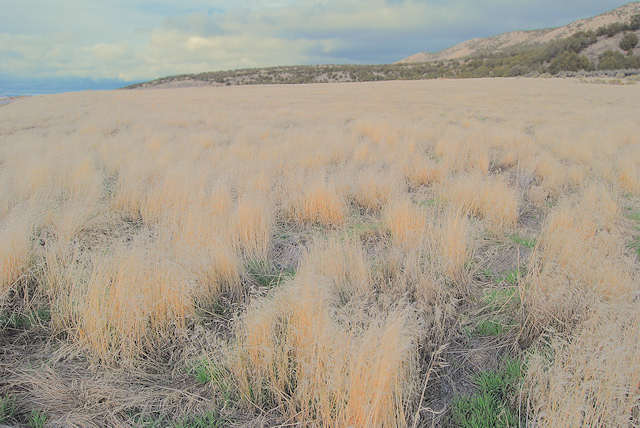As Logging Fades, Rich Carve Up Open Land in West. New York Times. By Kirk Johnson.
This is something that needs to be slowed or stopped if possible.
Hardly any existing residents seem to like this trend, but hardly anyone suggests anything effective in stopping it.
Repealing regulations protecting the environment from logging and grazing won’t stop it because it clearly hasn’t stopped where it has been tried. You just get rural sprawl mixed with livestock and logging abuse.
Today, the land is worth more as a residence than for grazing or timbering when the county provides services.
So, the key to minimizing this is to zone the county and not provide services to properties not zoned for residential occupation.
1. This does not violate the owner’s property rights because a private property owner has no right to reach into your wallet and extract tax-supported service unless the county permits it. Your money is private property too.
2. Some rural counties are so foolish they that give agricultural exemptions if the owner of a rural palace lets them run a few cattle or sheep on their 50 or so acres . . . talk about redistribution of wealth from the average person to the better off! Clearly people need to think about who they election to county commission.
3. The fire fighting agencies need to draw the line on protecting these places from wildfire. Now before Bob Caesar or someone so situated who has had a rural residence for many years writes about it being unfair, we need to obviously grandfather places like his. This is a policy for future construction, not for past.
4. Private insurance needs to segregate these residences and make them pay full cost rather than once again spreading the cost to people who have built where so many tax dollars need not be consumed. In order words, no private wealth redistribution to these places either.
5. Private communities should be discouraged by local ordinance as a violation of the US and various state constitutions. Traditional access where it is not harmful to the environment needs to be enforced by the county (not abandoned). I am not thinking, however, that ATV trails going straight up the mountain or through a marsh should be kept open. Here private closure can actually be of great benefit.
6. I believe in private property rights. If the person still wants to build on his or her remote property after it is clear no services will be provided from the local, state, or federal government taxes, then that’s their right. Everyone with property has property rights, but money is just as much private property as land.
7. Finally, because many of the rich newcomers are conservation-minded, It might be possible to enlist them to stopping more of what they did. Some people will say it’s not fair to lock the door behind you. I say it is fair because it is strongly in the interest of the public and the conservation of land and water, it is more than fair.




